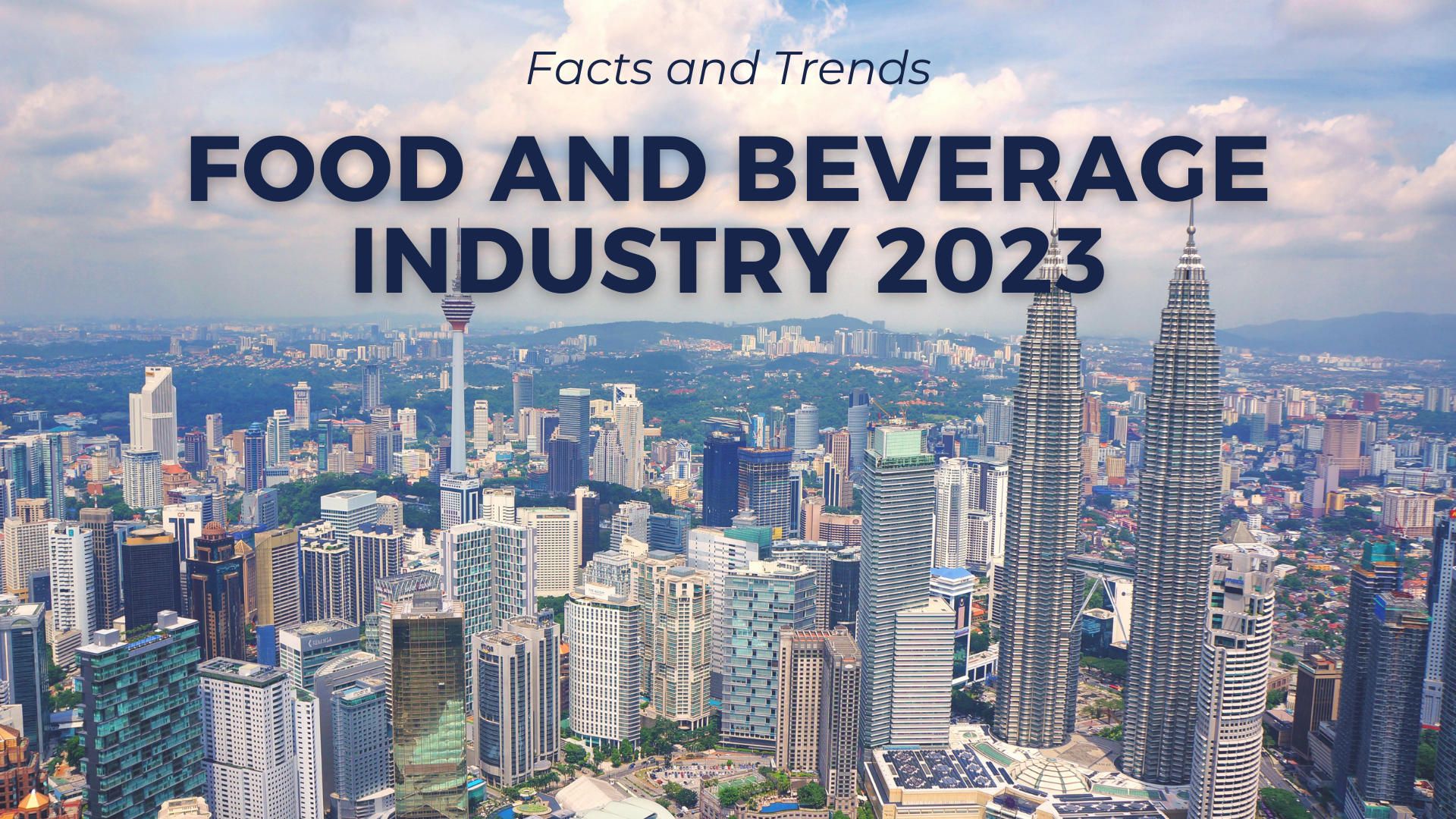The Food industry in Malaysia has seen various trends over the years. Here are some of the current trends shaping the industry:
1. Health and Wellness
With a growing awareness of health and wellness, there has been an increase in demand for healthier food options. Consumers are now looking for food that is not only delicious but also nutritious. This trend has led to an increase in demand for plant-based and organic food options. Many restaurants and cafes have started offering healthy food options to cater to this growing demand.
2. Digitalisation
The pandemic has accelerated the adoption of digital technologies in the F&B industry. Many food outlets have shifted their focus to online orders and deliveries to keep their business running. Consumers are now using various food delivery apps to order food, making it convenient for them to get their favourite meals delivered to their doorstep.
3. Sustainability
The F&B industry is one of the most significant contributors to food waste globally. As a result, many restaurants and cafes are adopting sustainable practices to reduce their carbon footprint. Restaurants are now sourcing ingredients locally to reduce food miles, and many are also adopting eco-friendly packaging.
Read more: How to Train Restaurant Staff to Improve Efficiency
4. Diverse Culinary Experiences
Malaysians have a rich culinary heritage, and there was a growing trend toward embracing diverse and international flavors. F&B establishments were experimenting with fusion cuisines and introducing a variety of global dishes to cater to the increasingly adventurous tastes of consumers.
5. Plant-Based and Alternative Proteins
The interest in plant-based diets and alternative protein sources was gaining momentum. Many F&B businesses were incorporating plant-based menu items, and there was an increase in the availability of plant-based protein products in the market.
6. Customization and Personalization
Consumers were seeking more personalized and customizable food and beverage experiences. This trend was reflected in made-to-order options, customizable menus, and interactive dining experiences that allowed customers to tailor their meals according to their preferences.
7. Food Safety and Transparency
Concerns about food safety and a desire for transparency in the food supply chain were influencing consumer choices. F&B businesses were focusing on providing clear information about the sourcing of ingredients, food preparation processes, and adhering to strict hygiene standards.
8. Collaborations and Partnerships
Collaborations between F&B establishments, as well as partnerships with food delivery platforms, were becoming more common. This trend allowed businesses to expand their reach, offer diverse menu options, and enhance the overall customer experience.
9. Virtual Kitchens and Cloud Kitchens
The concept of virtual kitchens, also known as cloud kitchens, was emerging. These are kitchens that operate solely for fulfilling online orders, without a physical storefront. This model was gaining popularity due to its cost-effectiveness and ability to meet the demands of the growing food delivery market.
These trends showcase the dynamic nature of Malaysia’s F&B industry and the ongoing efforts to meet the evolving preferences of consumers. It’s advisable to check for the latest industry reports and updates to stay informed about the current state of the F&B landscape in Malaysia.
Read more: 10 Types of Food and Beverage Operations
